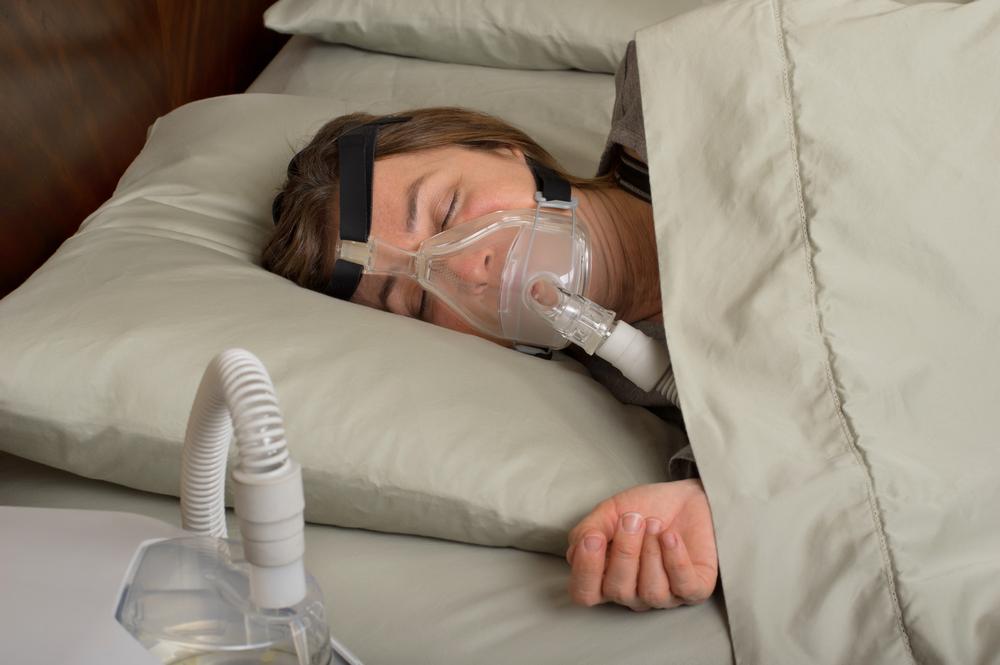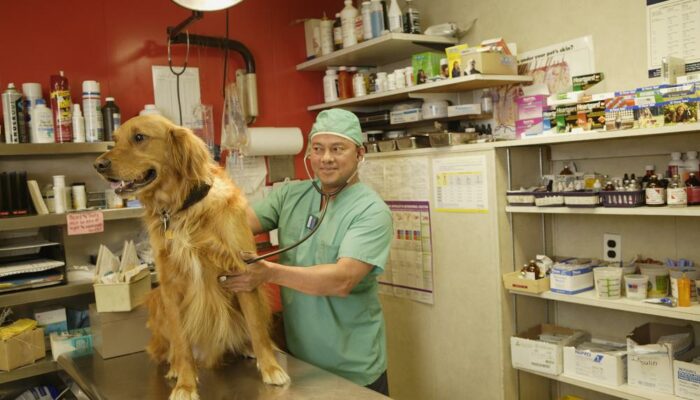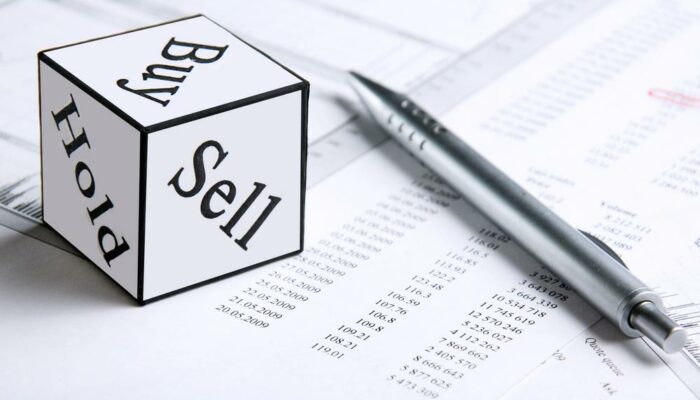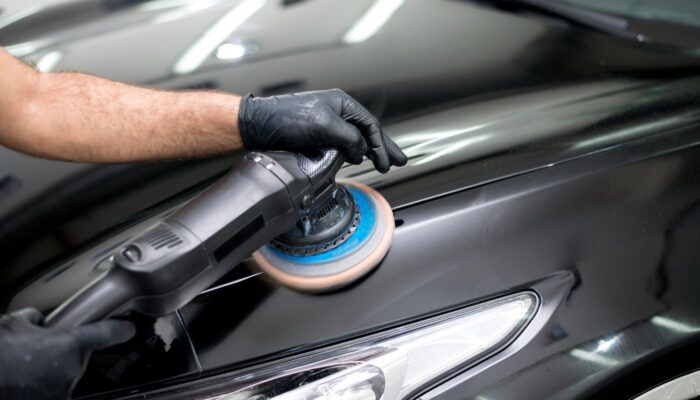
Devices that help manage sleep apnea
Moderate to severe sleep apnea can be treated with the help of medical devices made for the purpose. These devices are safer than surgeries and also give better results. Some of these devices can be custom-made to suit the jaw of the wearer. The technology is rapidly evolving in this field for better functioning of the devices. Some of the devices that are widely used include:
Continuous positive airway pressure (CPAP) device
This device is to be worn at bedtime and it delivers air pressure through a face mask. The air pressure, which is greater than the natural air pressure surrounding us, will help keep the throat open. In this way, it prevents apnea and snoring. The CPAP machine consists of three main parts:
- Mask that fits the nose/mouth with straps to secure it
- The motor that blows air into the throat
- A large tube called cannula which connects the motor to the mask
The CPAP device is the most successful option in treating sleep apnea. But some people find it uncomfortable to have it on while going to bed. However, with practice, many have found CPAP machine to be the best solution for the sleep disorder. If the tension of the straps is adjusted to fit the face, some comfort can be obtained. There are different types of CPAP masks. One needs to try them all to find a good fit. Pressure settings of the CPAP machine depend on body weight. It needs tuning with changes in body weight.
Variations of the CPAP device
A nasal pillow mask fits at the nares. It is an option for those people who:
- Find masks claustrophobic
- Want a full field vision
- Want to wear glasses
- Have mustache or beard that interferes with masks
The nasal mask covers the nose. It is good for those who:
- Need high air pressure setting
- Move around in sleep
A full-face mask is meant to cover the nose and the mouth. It is ideal for those who:
- Have nasal congestion and find difficulty in breathing through the nose
- Breathe through the mouth during sleep
Other airway pressure devices
Some people may continue to have problems with the usage of a CPAP machine or they might want to try other types of airway pressure devices in the quest for better comfort.
- Auto-CPAP: These devices have the feature of automatically adjusting the pressure while at sleep.
- Bi-level positive airway pressure (BPAP): This device provides more pressure while breathing in and reduce the pressure while breathing out.
Oral device
An oral appliance is designed to keep the throat open. A dentist or an orthodontist can give a custom fit to the jaw shape and size. Some oral devices are used to bring the jaw forward to create more space in the throat, thus preventing obstructive sleep apnea and snoring.
There are a number of devices available with the dentist. Trying out different devices will enable one to find the best fit. Regular follow-ups with the dentist is necessary to check any changes in the fit and also in the symptoms of the disorder.



